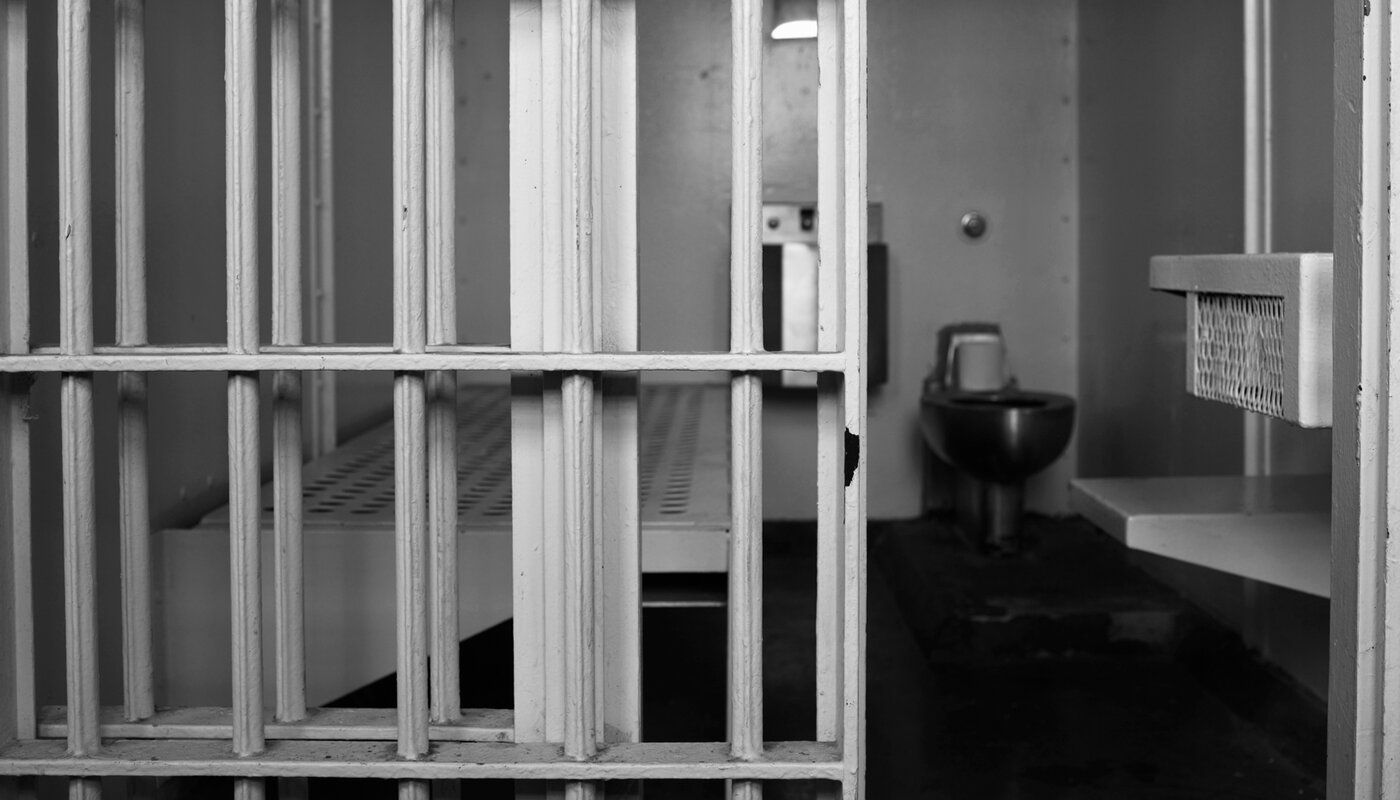By Josephine Wonsun Hahn, Brennan Center for Justice
Until we sustainably invest in public health and healthcare inside and outside of incarceration, preventable deaths will continue
Jail suicides have been an overlooked national crisis for years. America needs to start learning from them in order to address the underlying problems that are causing so much needless death.
Rising jail deaths under egregious conditions have spurred the New York Times to create an independent database tracking these ongoing losses. Dashawn Carter, 25, killed himself immediately after being transferred back to Rikers Island from a psychiatric hospital; he had been placed in a general population housing unit despite a long history of mental illness. Across the country in a San Diego jail, Lester Marroquin, 35, drowned himself after being moved out of a “safety cell” where he had been checked on every 15 minutes despite a known history of suicide attempts.
These unnecessary losses of life are troubling, but not rare. According to the latest Bureau of Justice Statistics report, suicides were the leading cause of jail deaths between 2000 and 2019, totaling 6,217, 30 percent of all deaths in local jails. In 2019, the suicide rate in jails was over two times that of the general public.
Pathways for suicide: structural jail conditions and people in crisis
Why are people in jail taking their lives so often? A 2020 Reuters investigation corroborates the Justice Department’s finding that suicides are a top cause of jail deaths and suggests three primary drivers.
First, a significant proportion of people who land in jail are from marginalized communities and grapple with symptoms of poverty, such as substance abuse, mental illness and being unhoused. According to the latest Justice Department data, 63 percent of incarcerated people experienced drug dependence or abuse and 44 percent reported symptoms of a mental illness in the prior year.
Second, the prevalence of detained people with serious mental illness is at odds with the goals, design, operation and resources of most jails. The near absence of mental health treatment or other types of behavioral health services is exacerbated by jail staff who often are not trained or equipped to prevent, detect or respond to behavioral health crises.
For example, only one-quarter of New York City corrections staff reported completing suicide prevention training despite a surge in self-harm and suicides at Rikers. A recent investigation of Indiana jails, citing shortages of staff with training or expertise, similarly found that many suicide attempts occur openly, including among people on suicide watch or those being monitored by video.
Understand the mental health landscape of Colorado each week. Get the Moodfuel Newsletter.
Therefore, it's not surprising that according to the latest available data, most people in jail with mental illness — 62 percent — don't receive mental healthcare. Yet, jails are often described as “de facto mental hospitals” because they fill the vacuum created by the pervasive lack of community mental health services and because mental health issues often underlie the circumstances that land someone in jail.
Third, the conditions inside most jails are terrible and the treatment abusive, making them unlikely to offer any respite for people experiencing crises or mental illness. Jails are typically characterized by loud and unpredictable noise, bright lights, unsanitary conditions, and in many places, an atmosphere of threats, violence and trauma. A Huffington Post investigation of Sandra Bland’s in-custody death quoted corrections expert Steve J. Martin, who described jail as “a total and absolute loss — immediate loss — of control ... over your physical being.”
Put together, it's understandable that a jail may exacerbate mental illness and quickly. Indeed, according to the Justice Department, most jail suicides happen soon after admission with nearly half occurring within seven days of arrival. A significant proportion of jail suicides — 77 percent — occur by detained people who are charged but not convicted of any crime and are therefore legally presumed innocent.
Research has shown that the risk of suicidal ideation increases with the shock of initial confinement as people are cut off from medications, healthcare and existing social supports. They are flooded by an assortment of negative emotions, including powerlessness, trauma, shame and fear.
Changing the status quo: potential solutions
Correctional experts reiterate that suicides in jails are preventable through straightforward practices. These include holding private behavioral health screenings with a well-trained staff member who is a non-arresting officer or healthcare worker, outlining clear instructions and protocols for calling health personnel and conducting routine in-person monitoring of anyone at high risk of suicide.
Improving healthcare in jails also requires coordination and integration with correctional and community-based systems. In one successful example, New York City piloted the Enhanced Pre-Arraignment Screening Unit in 2015 to serve the behavioral health needs of people in the court system. A Vera Institute of Justice study found that the unit’s enhanced, comprehensive screenings and increased medical care capacity led to rapid identification of arrested people’s needs, improved treatment and greater coordination among the corrections system and community providers, along with increased use of diversions.
Referring people with behavioral health issues to diversion programs and community-based health services is another viable alternative to incarceration. In 2016, the Los Angeles Department of Health Services’ Office of Diversion and Reentry launched a program to provide supportive housing and resources instead of detainment for court-involved people who were unhoused and lived with a mental illness or substance misuse diagnosis.
A RAND study showed 74 percent of participants had stable housing and 86 percent had no felony convictions one year after the program began. Despite the high need and promising research findings, a recent proposal to expand the program was not approved.
Much more needs to be done to stem the tide of jail suicides. The individual risk factors of many who are admitted to local jails, combined with environmental risk factors triggered by the stress of arrest and incarceration, place detained people at particularly high risk for self-harm. Genuine change requires sustainable investments in public health, quality health care in jails and under-resourced communities and partnerships with impacted people and families.


